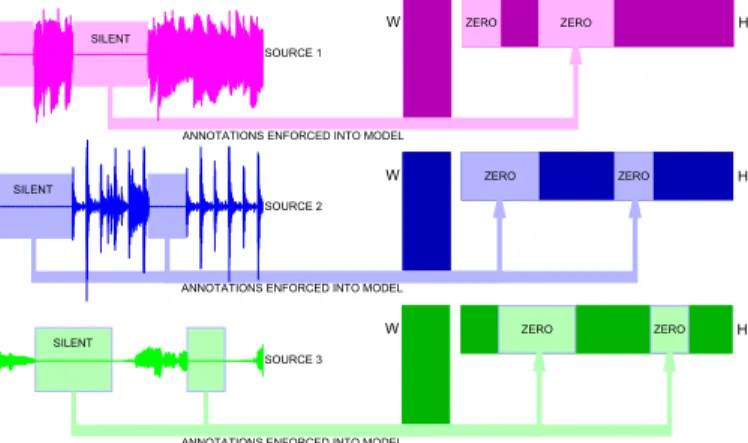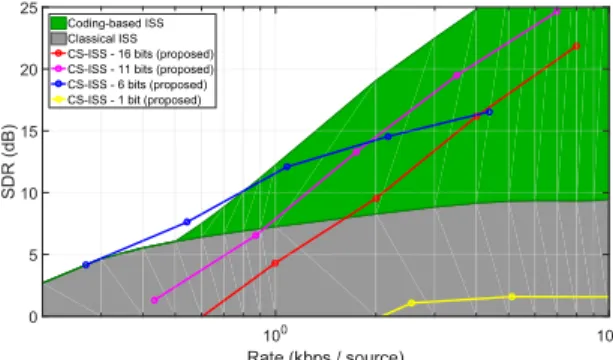Solving Time Domain Audio Inverse Problems using Nonnegative Tensor Factorization
Texte intégral
Figure




Documents relatifs
Modeling Primary Tumor Dynamics of Human-to-Mouse Xenografted Non-Small Cell Lung Cancer in Response to Administration of Bevacizumab and Pemetrexed-Cisplatin.. Population
ADHESIVE ---+7 SUBSTRATE --->-r'S System Description REINFORCING FABRIC BASE COAT INSULATION BOARD MECHANICAL ATTACHMENT MMKセNNM^ゥGセ FINISH
This work presente the optical properties of ZnO semiconductor calculated by full potential linearized augmented plane wave (FP-LAPW) method with the local density
ratio (SDR) in decibels (dB) achieved by FASST on two-channel reverberant mixtures of three and four speech sources from the SiSEC 2010 evaluation campaign, depending on the rank of
Source separation systems based binary local time-frequency linear models have been applied to various speech and music mixtures, including instantaneous and
These maps represent the average of the main outcomes of interest in each study municipality: (a) the grade-specific dropout rate in primary school; (b) the average standardized
Cilk-4, the last release of the Cilk system that I will describe in this thesis, is intended to remedy a deficiency in the Cilk-2 language. When we designed Cilk-2 and
The teachers’ responses are assumed to echo their understanding and consciousness of the ways in which cognitive processes and psychological factors underlie the EFL
